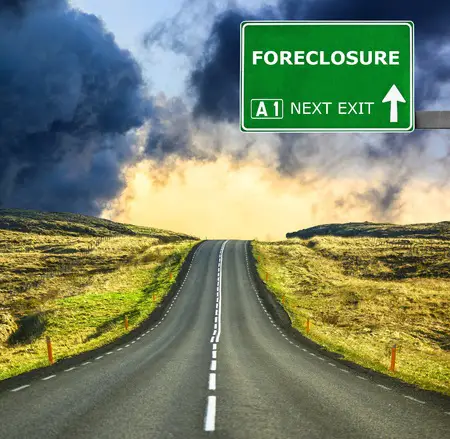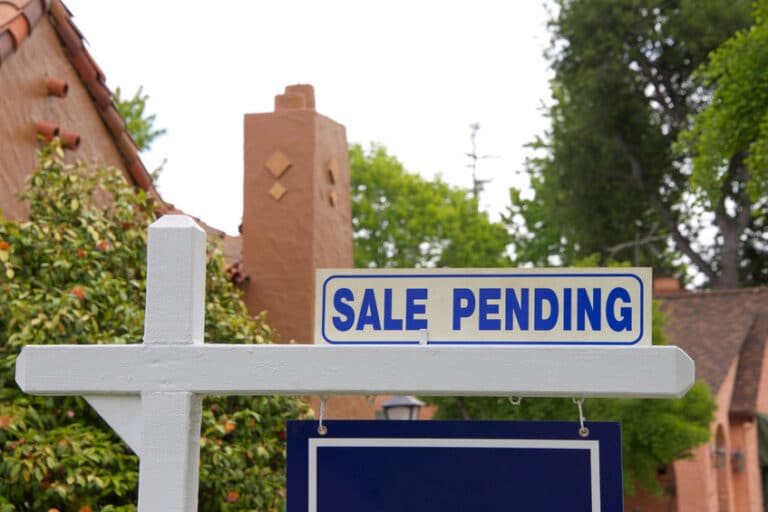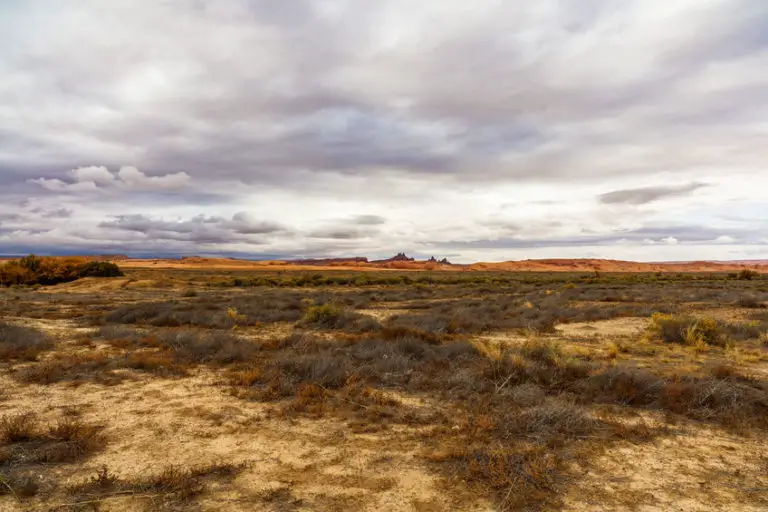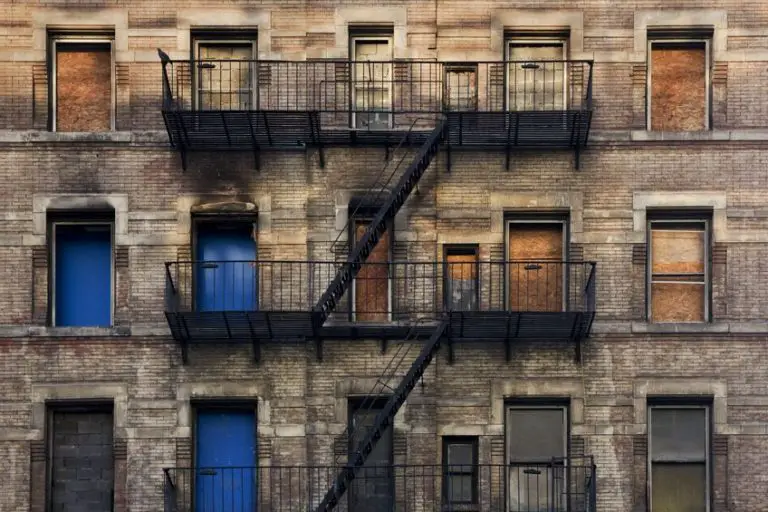PACE Loans: Higher Interest Rates without the Typical Risks

Real estate loans carry extremely low interest rates right now. It is not uncommon to find conforming 30 year fixed rate home loans at rates below 4%. Bank of America recently listed a Jumbo 5 year ARM at 2.25%. Development loans for construction, which are riskier than just a plain vanilla home loan, still carry extremely low rates. Someone building a house for themselves, or even a commercial property with a credit tenant might pay a rate that is fixed for 5 to 7 years somewhere in the 4’s. These rates are great for the borrower, but they don’t generate much income for the lender relative to the risk. Other types of loans like, for instance, financing business equipment or unsecured personal loans, might generate higher returns for the lender, but these are considered riskier. One type of loan that lenders are looking at is 2nd mortgages.
Prior to the real estate bubble bursting in the mid 2000’s, many banks and other non-bank lenders offered 2nd mortgages on home purchases and refinances. 80/15/5 was commonplace; a borrower would take out an 80% first mortgage to avoid having to pay PMI, a 15% second mortgage, and then just come up with 5% down. Interest rates back then might have been 6% for the 1st mortgage and 10% for the 2nd (my how things have changed). Back then, properties were appreciating and someone with 5% equity in a $300,000 house, probably had more like 20% within a year or two, because the $300,000 house was now worth $350,000. The 2nd lender was in a safe position at that point, as the borrower would likely keep paying on the 2nd mortgage, refinance it away with a bigger 1st mortgage, or sell the home and pay both off.
This business got turned on its head, though, when properties started depreciating. Suddenly, the 5% equity position was dropping below 0%. Borrowers were under water and started to walk away from their loans. Typically the 2nd lender would need to decide if it made sense foreclose and pay off the 1st lender in order to protect its remaining loan balance. If a $300,000 house was worth $280,000, then it maybe it would make sense to pay off the $240,000 first mortgage to preserve the remaining value of the second mortgage. However, in short order even that was a mute point because the house values started dropping precipitously. Many non-bank lenders who specialized in 2nd mortgages went bankrupt. Banks who dabbled in this business stopped making 2nd mortgages and took enormous write downs on the value of their existing portfolio.
Lenders aren’t about to take on those types of risks again, but they are looking hard at a different type of 2nd mortgage. There is a type of 2nd mortgage that is a bit unique in that it does not get wiped out in a foreclosure. Property Assessed Clean Energy Loans (“PACE loans“) were first authorized in Berkeley, California in 2008. Since that time, over half of the states have passed some type of PACE loan legislation. Funds from PACE loans go towards building sustainability improvements – clean energy upgrades like solar panels, disaster resiliency, energy efficiency, water conservation, etc. Unlike a typical 2nd mortgage, the PACE loan attaches to the property in the same way that property taxes do. It is paid by the property owner over time just like they pay their taxes. If things go south, and the first mortgage lender forecloses, the PACE loan does not go away — it remains as an assessment. The lender will assume it and the eventual buyer will assume it from the lender.
This NY Times article mentions that PACE loans are being used by developers as part of the process of buying and redeveloping buildings. This is on top of a development loan and other tax credits and incentive programs. The loans carry interest rates typically in the 6 to 8% range, and the companies and platforms that make PACE loans have been raising billions of dollars from large investment firms as well as wealthy individuals like former MLB player Alex Rodriguez. With sustainability being one of the key buzzwords of our time, construction costs remaining elevated, and an extremely low interest rate lending environment, PACE loans will continue to attract investor interest.






